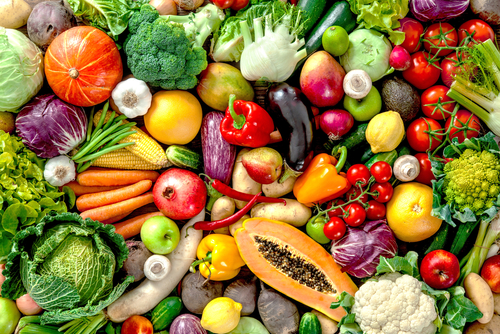The food system is the source of a maximum of one-third of greenhouse gas emissions. Consumers are not going to see this information in a supermarket docket. But, what many people are not aware of is that the production, transportation, packaging forms, refrigeration, and distribution of food items are all contributory factors of the climate bill that exists, prior to consumers being able to consume foods.
Some food items are way more emissions-intensive to produce than other delicacy items. However, this situation can change. The factors that influence this change are the parts of the world consumers live, and the production strategies utilized to manufacture food items.
Research work conducted has yielded results indicating that there’s a need to resolve the cradle-to-grave emissions cost involved in the production of all kinds of various food sources. In New Zealand’s Aotearoa, for instance, researchers from Otago University published information regarding the New Zealand specific food emissions, database for 2020. This information indicates the major differences in the means of production of certain group kinds of food, and even food items within those delicacy groups.
Otago University associate professor of public health and senior study author, Alex Macmillan, states that the most significant thing is that there is a massive difference in the order of the degrees of differences among plant-based food items and meat, more so specifically, red meat. Beef meat yields the highest score in this regard due to the time and the food sources that are necessary to be able to not gain as much calories as other foods yield.
Industrial-based produced crustaceans, such as crayfish (rock lobster) and crabs, likewise yield a major amount of greenhouse gases, kilogram, for kilogram. However, traditionally accrued koura and other kaimoana, may have a way minimal effect on the production of such foods, in low-intensity forms. It’s important to note that there is no existence for all of the foods that Kiwis or New Zealanders intake on a regular basis. Because of this, dieticians and other food experts in New Zealand tend to recommend other potential dietary options for members of the national population.
The Otago researchers have discovered the transportation costs related to most of the foods forming a minimal fraction of general emissions. It’s a natural thing for most consumers to prefer to eat foods that come from certain parts of the world. However, it’s more important to be concerned of the foods themselves people eat, than, the native places from which they come from.



